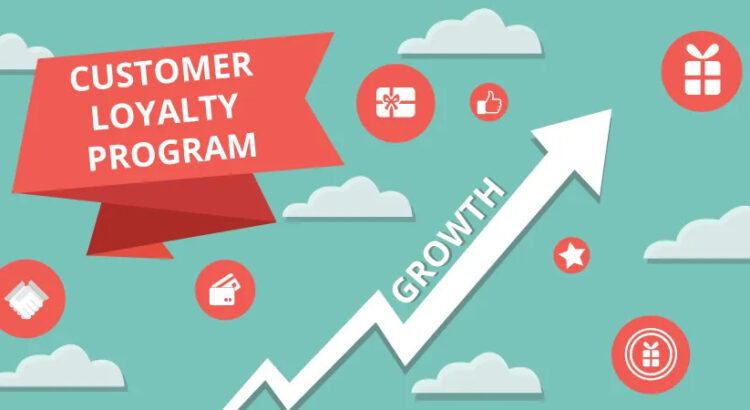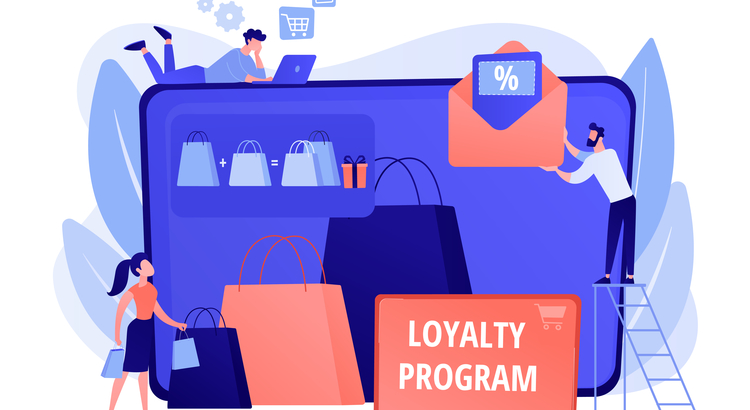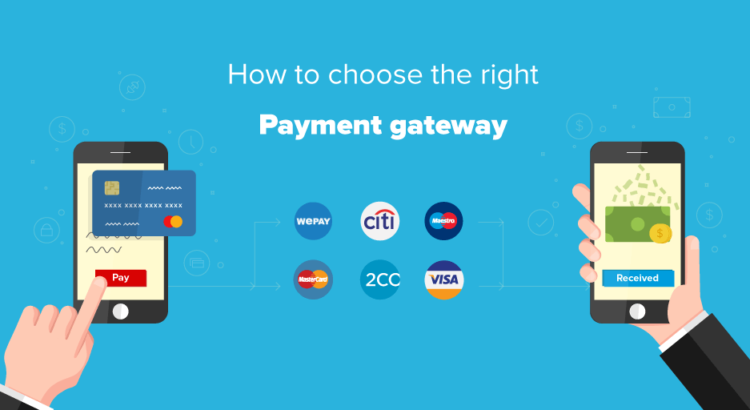In the cutthroat world of restaurants, retaining customers is just as crucial as attracting new ones. To achieve this, savvy restaurateurs deploy loyalty programs designed to keep diners coming back for more. However, not all loyalty programs are created equal. Here are the key factors that separate the effective ones from the mediocre:
Clear Value Proposition: Loyalty programs must offer tangible benefits to customers. Whether it’s discounts, freebies, or exclusive perks, the value proposition should be apparent and enticing.
Simplicity: Complex programs with confusing rules and redemption processes can deter customers. Keeping it simple ensures engagement and participation.
Personalization: Today’s consumers crave personalized experiences. Effective loyalty programs leverage customer data to tailor rewards and offers based on individual preferences and purchase history.
Flexibility: One size does not fit all. Loyalty programs should offer a variety of redemption options, allowing customers to choose rewards that resonate with them, whether it’s discounts, free items, or special experiences.
Technology Integration: In the digital age, seamless integration with technology is a must. Implementing a user-friendly mobile app or online platform enhances convenience for customers and provides valuable data insights for the restaurant.
Consistency: Consistency is key to building trust and reliability. Rewards should be consistently delivered as promised, and the program should remain relevant over time, adapting to changing customer preferences and market trends.
Communication: Effective communication is essential for keeping customers engaged and informed. Restaurants should regularly update customers on their progress, upcoming promotions, and special events through various channels such as email, social media, and in-store signage.
Feedback Mechanisms: Encouraging feedback and interaction strengthens the bond between the restaurant and its patrons. Soliciting feedback allows restaurants to understand customer preferences better and fine-tune their loyalty programs accordingly.
In conclusion, effective restaurant loyalty programs hinge on clear value propositions, simplicity, personalization, flexibility, technology integration, consistency, communication, and feedback mechanisms. By prioritizing these key factors, restaurants can cultivate lasting relationships with their customers, drive repeat business, and ultimately thrive in a competitive industry landscape.





